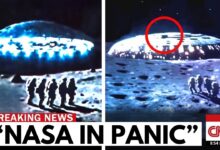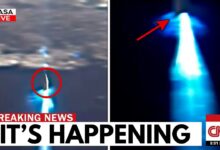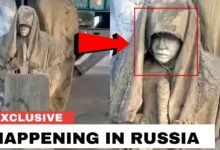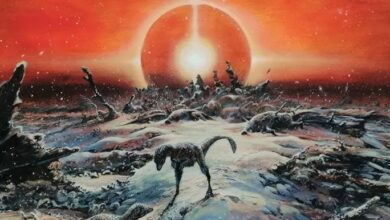James Webb Telescope’s Final Discovery about Betelgeuse JUST WENT TOO FAR
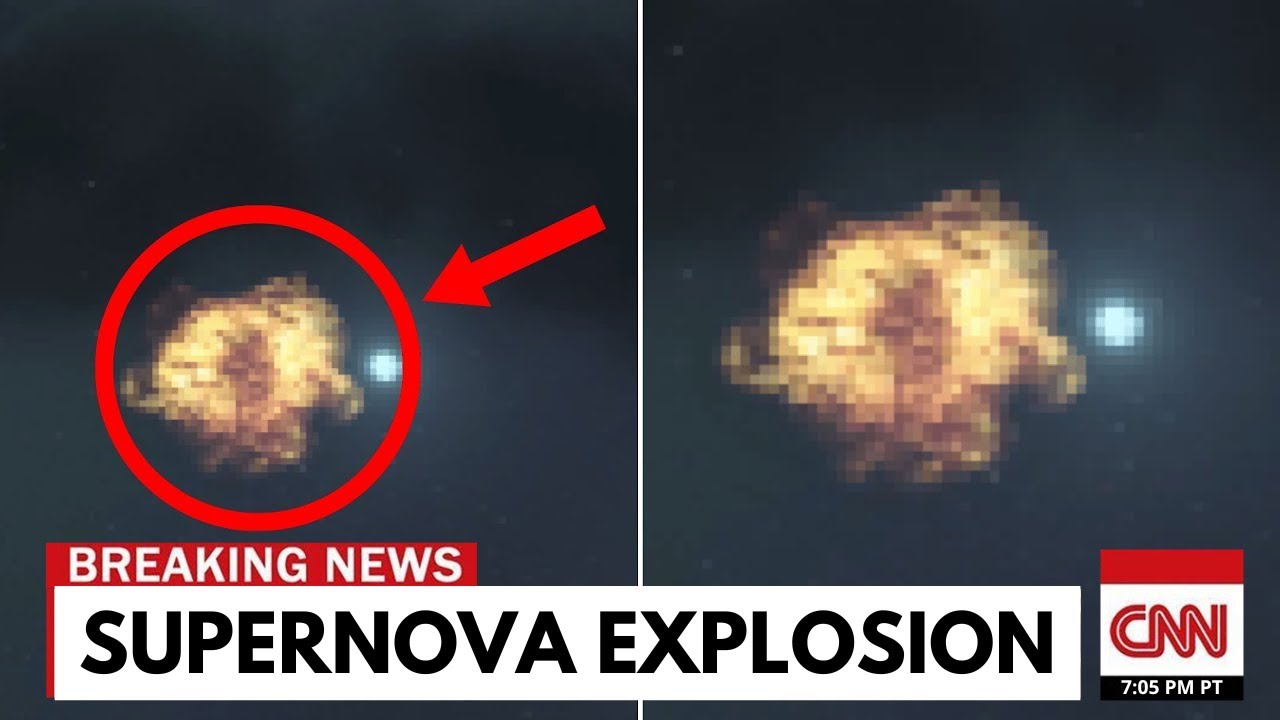
For years, astronomers have kept a close watch on one of the brightest and most enigmatic stars in the night sky—Betelgeuse, a red supergiant teetering on the brink of collapse. Scientists knew its end was inevitable; they just didn’t know when. Now, the James Webb Space Telescope has captured something once thought nearly impossible: the precise moment Betelgeuse began to explode.
What we are witnessing is no ordinary astronomical event—it’s the death of a star, a colossal shockwave, and a rare glimpse into the raw, untamed power of the universe. This is a once-in-a-lifetime supernova, the closest humanity has ever observed, and it has transformed our understanding of stellar death.
Perched on Orion’s shoulder, Betelgeuse is anything but ordinary. Over 700 times larger than our Sun and about 20 times as massive, it has long been known as unstable—swelling, dimming, and erupting unpredictably. In 2019, a sudden and dramatic dimming set off speculation worldwide: was the end finally here? Now, thanks to Webb’s unprecedented precision, we have real-time indicators of its collapse—massive bursts of energy, shifting convection on its surface, and magnetic fields twisting into chaos.
For months, Webb has used its infrared vision to penetrate layers invisible to any previous telescope. The data is staggering: Jupiter-sized convection bubbles bursting, plumes of scorching gas racing into space at unimaginable speeds, and a shockwave rippling through the star’s outer layers. This isn’t a simulation—it’s the live anatomy of a supernova unfolding just 642 light-years away.
Because of its proximity, Betelgeuse’s explosion will one day outshine the full Moon and even be visible in daylight. More importantly, it gives scientists a unique chance to study a supernova up close—revealing how a star’s core collapses, how life-essential elements like carbon and oxygen are forged, and how the resulting shockwave reshapes the surrounding cosmos. In watching Betelgeuse die, we’re witnessing the very process that made our planet—and ourselves—possible.
The explosion is not just a spectacular light show. It’s a key to understanding galaxy formation, planetary systems, and the cosmic cycle of life and death. Webb’s instruments now allow scientists to model the final stages of stellar evolution with unprecedented accuracy, offering the potential to predict future supernovae long before they occur.
Betelgeuse’s death is already sending shockwaves across interstellar space—heating gas clouds, reshaping its dust halo, and possibly producing gravitational waves. If confirmed, this would be the first time a visible supernova has been directly linked to gravitational wave data, rewriting our understanding of how light, matter, and spacetime interact.
And the mystery deepens. Webb’s data hints that the collapse may be asymmetric, with magnetic disruptions, plasma voids, and material falling back inward—possibly creating a never-before-seen transitional object between a neutron star and a black hole.
Some worry about danger to Earth, but Betelgeuse is too far to pose a threat. Still, the burst of high-energy particles and radiation could subtly alter our cosmic neighborhood, even changing how we observe distant galaxies.
From this dying giant comes not destruction, but renewal. Its remains will seed the cosmos with new elements, from which new stars and worlds will be born. Webb has also detected rare elements—like technetium and yttrium—shedding light on the galactic life cycle of matter, from the hearts of stars to the atoms within us.
When Betelgeuse finally disappears, its place in Orion will be filled with an expanding nebula of glowing debris. Its light will be gone, but its legacy will remain—a reminder that even the most brilliant stars have a final chapter, and from their ashes, the universe begins anew.
Thanks to the James Webb Space Telescope, we have not only seen Betelgeuse’s last moments, but understood them—not as myth, but as fact. It answered questions older than humanity: Where do the elements come from? How do stars live and die? And what will become of our Sun?
In that fading red light, we glimpsed both our origins and our destiny. The question now is: what other cosmic secrets is the universe ready to reveal—and are we prepared to witness them?
